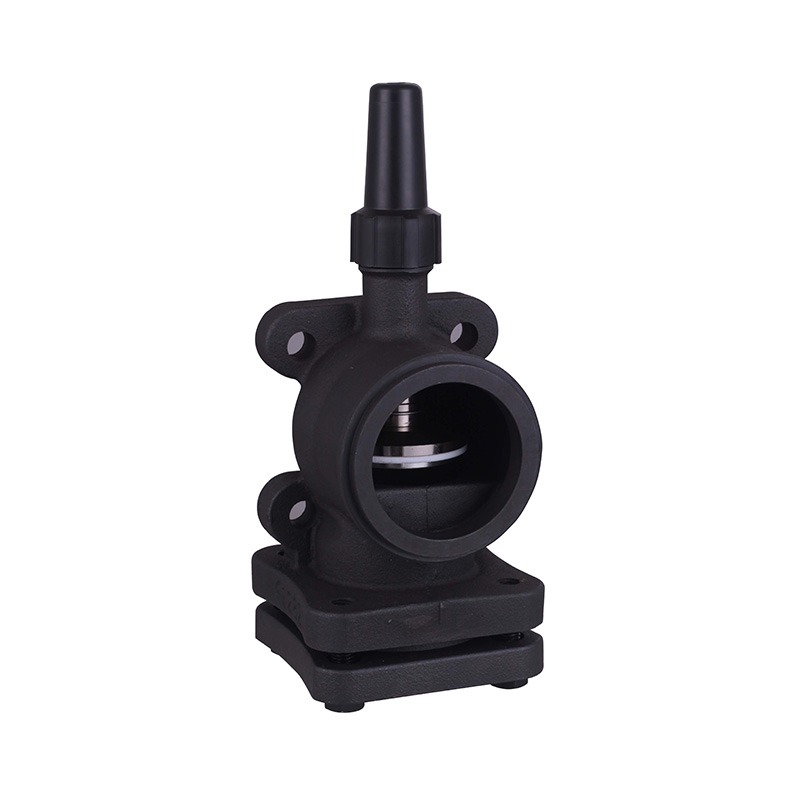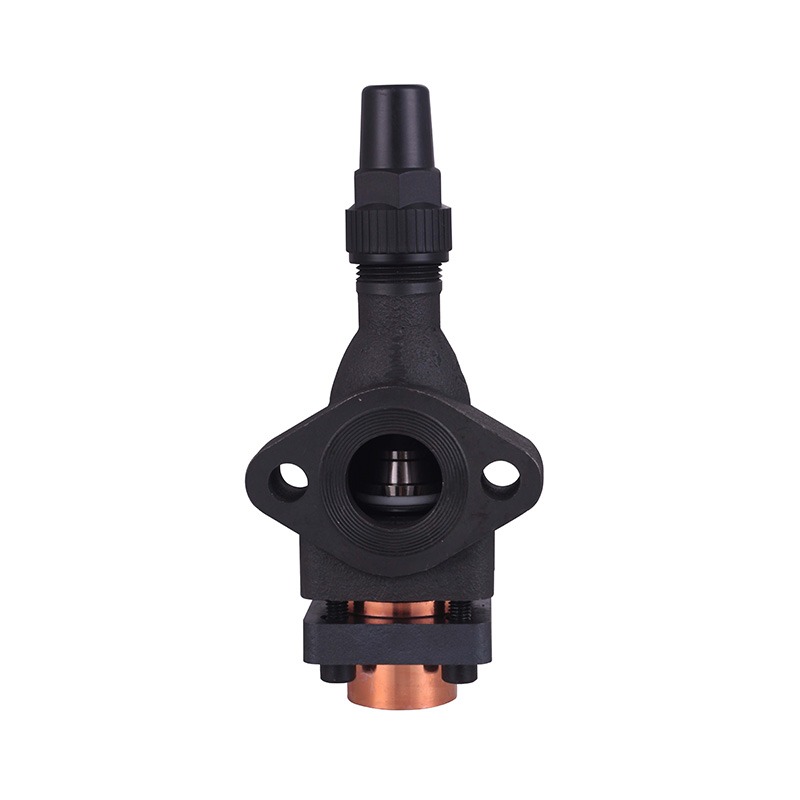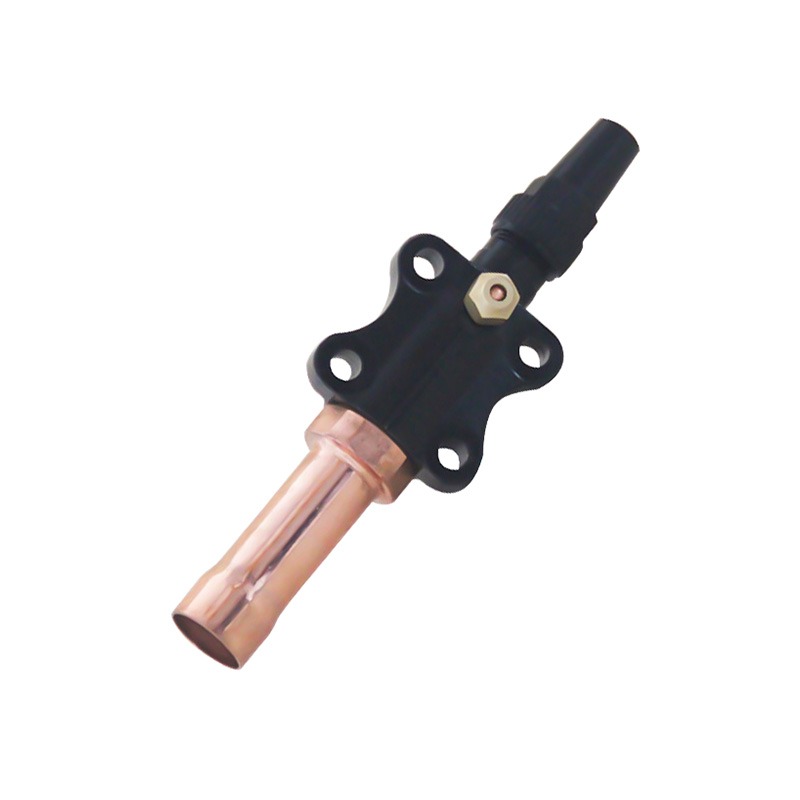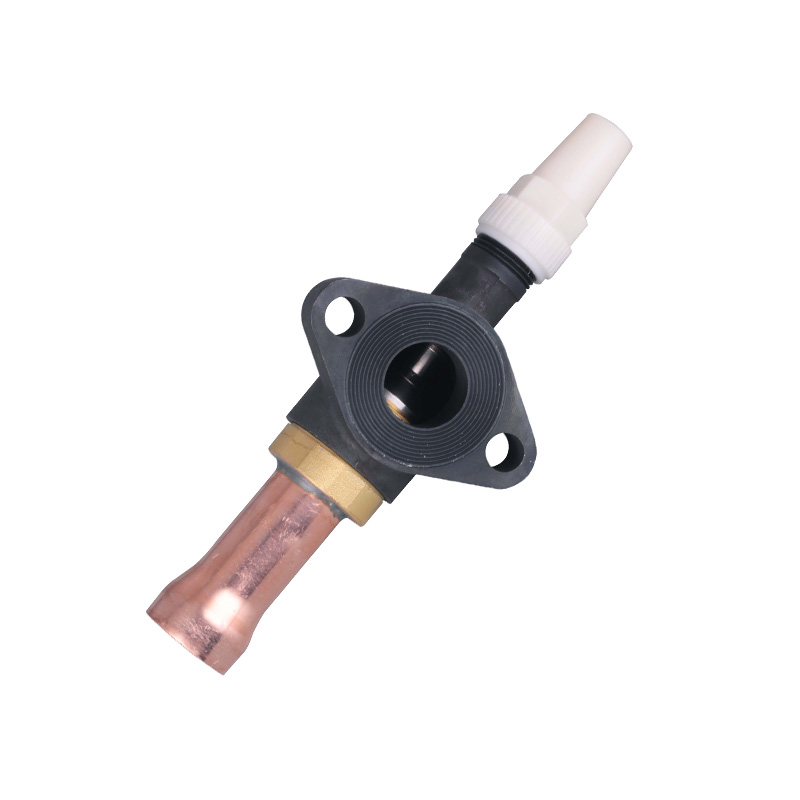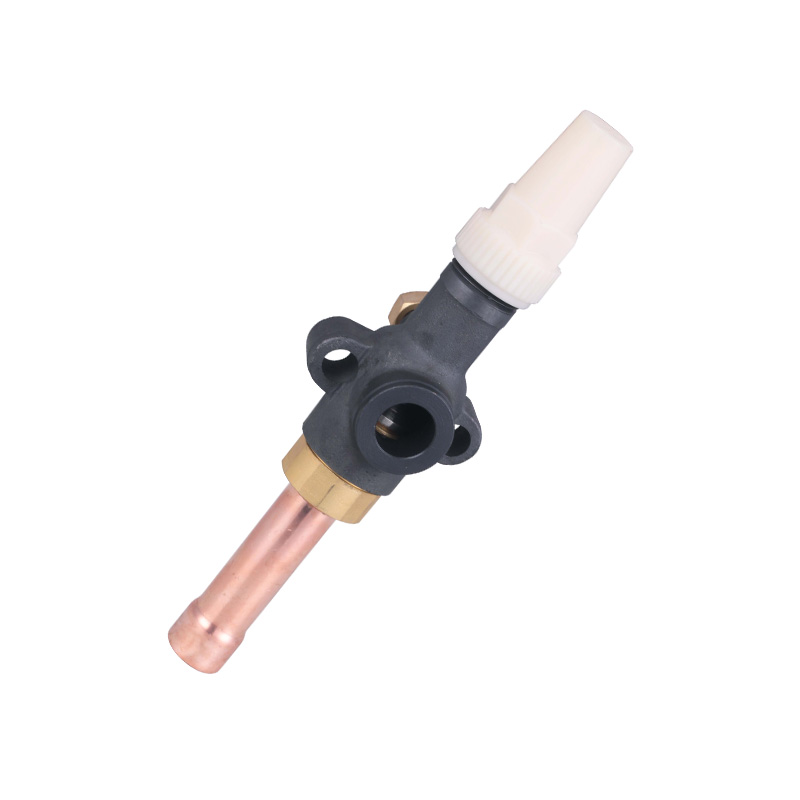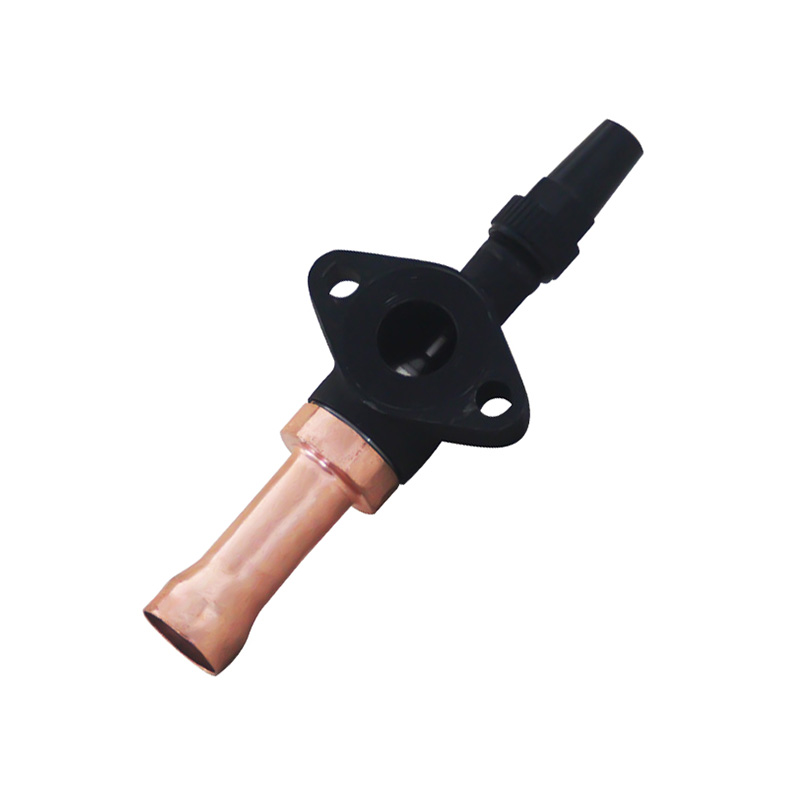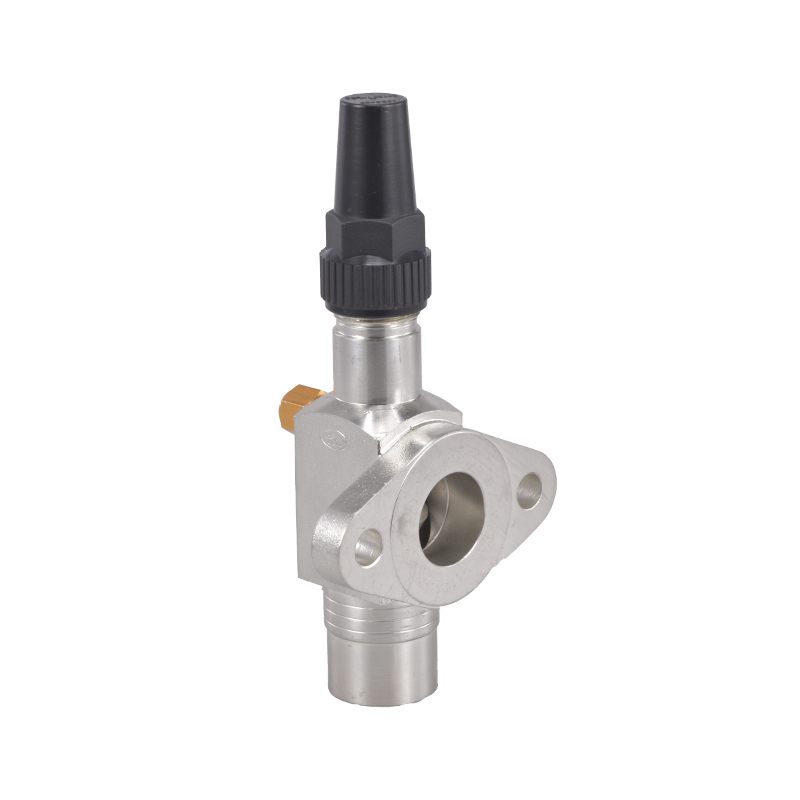One-Way Stop Valve Use Rises Amid Focus On Cold Chain System Stability
 By Admin
By Admin
Maintaining consistent temperatures across all stages of the cold chain has become a key concern for industries dealing with perishable goods. Among the various components that contribute to this objective, the One-Way Stop Valve plays a critical role. This type of valve ensures unidirectional flow, preventing reverse movement of fluids and thereby maintaining system integrity. As more facilities strive for uninterrupted temperature control, the installation of One-Way Stop Valve units in pipelines and refrigeration systems is becoming more common.
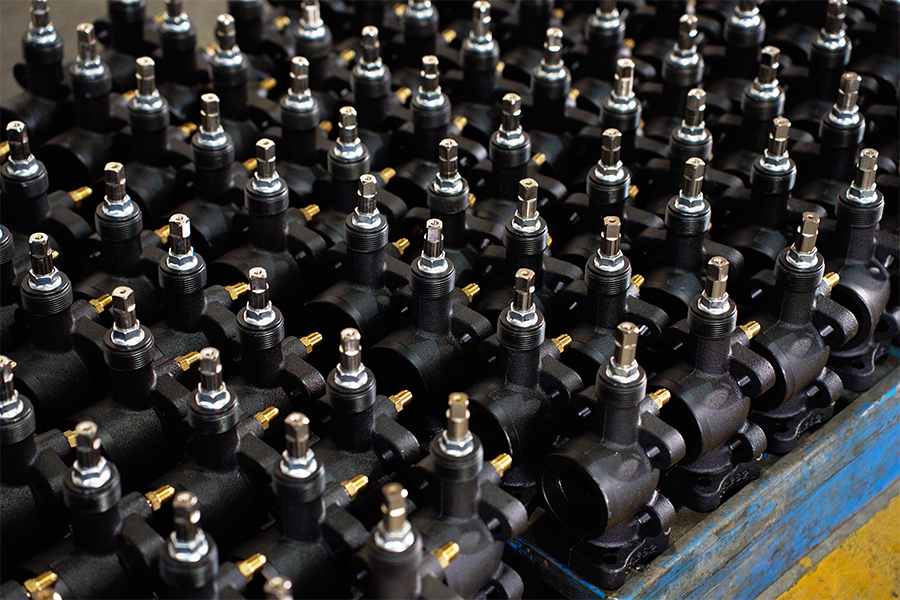
Facilities handling chilled and frozen products rely on precise pressure and flow regulation. A malfunction or sudden pressure drop can compromise stored inventory. This is where the One-Way Stop Valve adds value, providing an added safeguard against unwanted backflow. By isolating sections of the refrigeration circuit, it contributes to system reliability without requiring constant manual oversight.
A wide array of equipment used in cold storage depends on properly managed fluid and gas movement. Compressors, condensers, evaporators, and cooling lines all function more effectively when supported by reliable valves. In this context, the One-Way Stop Valve is often installed in line with expansion valves or near critical control points to preserve directional consistency. This helps prevent the loss of cooled air or refrigerant during transitions, servicing, or system pauses.
Different types of equipment used in cold storage facilities come with specific flow requirements. Whether it's a small walk-in freezer or a large-scale distribution hub, valve systems need to support varying load demands. The One-Way Stop Valve adapts well to this environment by offering mechanical simplicity and consistent behavior under fluctuating conditions. It is used in both low and medium-pressure systems and is frequently selected for its durability and compatibility with common refrigerants.
Technicians and system designers are placing more attention on component longevity and ease of integration. As such, the One-Way Stop Valve is being chosen not just for its basic function, but for its role in reducing potential points of failure. In installations where multiple refrigeration units are connected, this valve prevents cross-contamination between circuits. This characteristic makes it an important addition to centralized systems that coordinate a large network of equipment used in cold storage environments.
Routine maintenance in cold storage systems also benefits from thoughtful valve placement. Isolating individual units without shutting down the entire system becomes more manageable when One-Way Stop Valve units are correctly positioned. This less operational disruptions and helps keep products within required temperature ranges during inspection or repair tasks.
While the technology behind the One-Way Stop Valve is straightforward, its application can make a significant difference. Cold storage operators often prioritize components that enhance operational continuity without requiring constant monitoring. In this regard, the valve’s one-directional flow mechanism contributes to smoother performance across different types of equipment used in cold storage, from refrigeration compressors to insulated piping.
As businesses continue to emphasize stability across their cold chain logistics, demand for supportive components is likely to remain steady. The One-Way Stop Valve fits within this trend, not because it is complex, but because it reliably fulfills a specific function. With growing emphasis on system balance, safety, and efficiency, more design engineers are building these valves into their base specifications for both new and upgraded facilities.
Through its integration into various forms of equipment used in cold storage, the One-Way Stop Valve is proving to be more than a routine part. It reflects an evolving awareness that even small components can contribute to broader performance goals in temperature-sensitive operations.




 English
English русский
русский Deutsch
Deutsch
